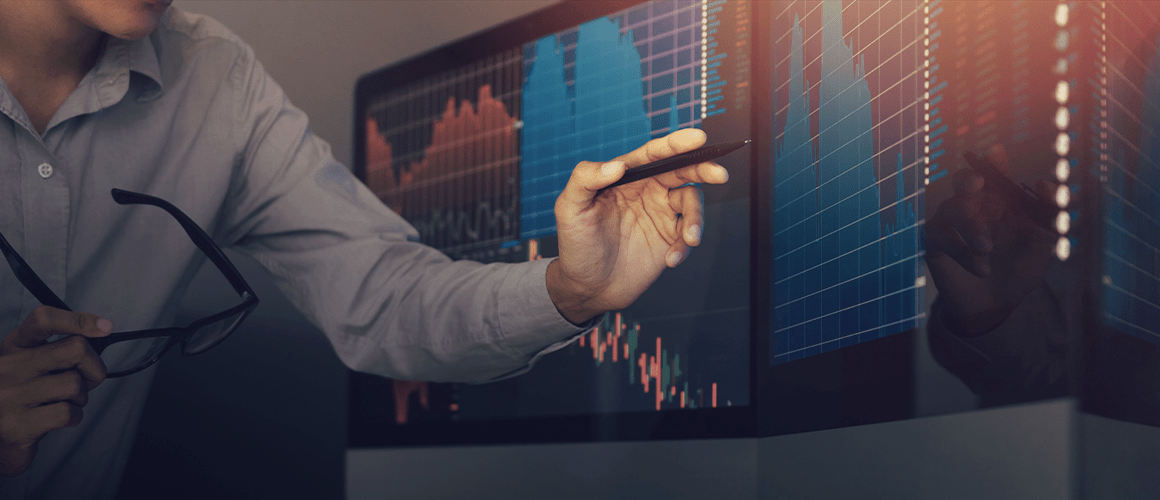What are the Rules of Fundamental Analysis

3 minutes for reading
Before reading this article I recommend you to read the article below.
In fact, fundamental analysis does not have any secrets as such. There are, however, a few rules one should stick to in order to keep their assumptions and conclusions logical.
Macroeconomic data

First and foremost, a trader should comprehensively learn and understand all macroeconomic data, political indicators, and other events that involve any governments, countries, currencies, or assets, such as sanctions, formal talks, summits, etc. One should also bear in mind that different indicators may influence the market differently. Sanctions, for instance, bring stress and are long term, which means you should first take this into account and consider monthly reports, such as exports or inflation, only at the next stage. Conversely, a rising VAT would strongly influence the consumer price index (CPI) and, therefore, the currency in question, but not for very much long, i.e. for two or three months. This means you need to study all factors but understand that they all have different kind of influence.
Data sequence
Secondly, fundamental analysis does not have a basing strategy; one has to understand the current market situation on the whole, yet learn all the details. There are no step by step guides to run fundamental analysis either, so keep an eye on everything: what kind of political regime a country has, how the government takes its decisions, and so on.
Combining fundamental analysis and tech analysis
Another rule says that combining fundamental and technical analysis is not a bad idea. This is not an easy task, but the rewards may be great.
Trading the news

Some people use news trading, which is similar to scalping. In order to get it work, however, one has to very well understand the macroeconomic news, analyze them quickly, and drive right conclusions. First off, you've got to have the economic calendar at hand; thus, you will always know which news are being released today, what are the key data, and what the analysts expect. As a rule, news trading involves only global indicators, such as the US or Chinese GDP, US job data, Fed or ECB meeting results, etc. The way it works is quite simple: you analyze the expectations, get the conclusion, and go long or short, depending on what you have decided.
Correlation of trading instruments
Some also apply knowledge about a certain currency, which works in any market conditions. The US dollar, for instance, has a strong negative correlation with the crude and the gold. When the greenback is strong, these major commodities are down; conversely, when the crude rises, the currencies of the oil-exporting countries follow it. This always works, unless the market is populated with large speculators or institutional players that drive the prices their way.
Risk factors

When working with the fundamental analysis, one must also take natural disasters into account; tsunami or earthquakes, for example, are always very dangerous for the Japanese economy and, subsequently, the yen. Manmade disasters, such as air crashes, should not be ignored either. Such events are usually impossible to predict, but they always have an effect. This is except for season-based disasters, such as the hurricanes in the Gulf of Mexico that often leads to oil refineries damage.







